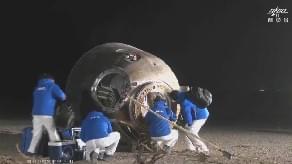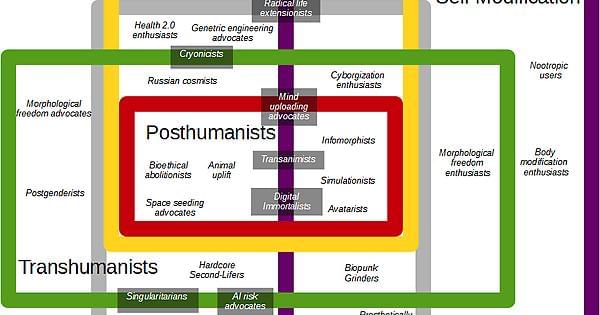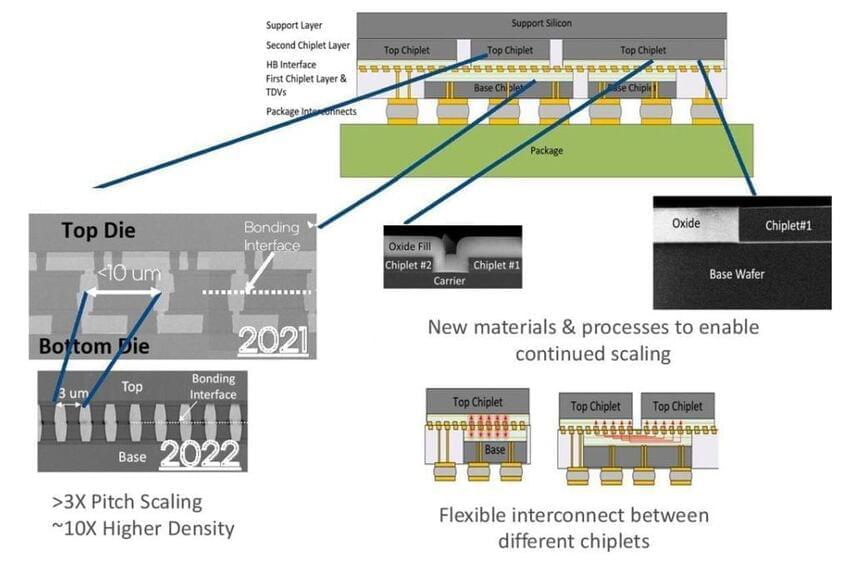Shenzhou-14 astronauts land safely at landing site in Inner Mongolia.



In this video, you will see#Elon Musk on Artificial Intelligence and how #A.I am going to change the world in the #future.


Carboncopies attended the Future of Neurotechnology With: Human Intelligence + Artificial Intelligence open discussion with Bryan Johnson and David Eagleman. A picture at our annual Whole Brain Emulation dinner in San Diego. Randal and Jevon after the discussion.
Ray Kurzweil is an author, computer scientist, inventor, futurist and a director of engineering at Google. Kurzweil is a public advocate for the futurist and transhumanist movements, and gives public talks to share his optimistic outlook on life extension technologies and the future of nanotechnology, robotics, and biotechnology.
Recorded 2013

The announcement comes from the journal Science, which published Phase 1 results of a small clinical trial for a vaccine technology that aims to cause the body to create a rare kind of cell.
“At the most general level, the trial results show that one can design vaccines that induce antibodies with pre-specified genetic features, and this may herald a new era of precision vaccines,” William Schief, PhD, a researcher at The Scripps Research Institute and study co-author, told the American Association for the Advancement of Science (AAAS).
The study was the first to test the approach in humans and was effective in 97% – or 35 of 36 – participants. The vaccine technology is called “germline targeting.” Trial results show that “one can design a vaccine that elicits made-to-order antibodies in humans,” Schief said in a news release.

Intel released nine research papers at IEDM 2022 that lay the groundwork for future chip designs as the company looks to deliver on its promise of developing processors with over a trillion transistors by 2030.
The research includes new 2D materials for transistors, new 3D packaging technology that narrows the performance and power gap between chiplet and single-die processors to a nearly-imperceptible range, transistors that ‘don’t forget’ when power is removed, and embedded memories that can be stacked directly on top of transistors and store more than one bit per cell, among other innovations.

Tiny antenna-like organelles once thought to be holdovers from our ancient past appear to play a crucial role in keeping track of time, according to a recent study on mice by researchers from the University of California, Irvine (UCI), in the US. Known as cilia, the microtubule projections can be found throughout the more complex branches of the tree of life, including on many of our own cells.